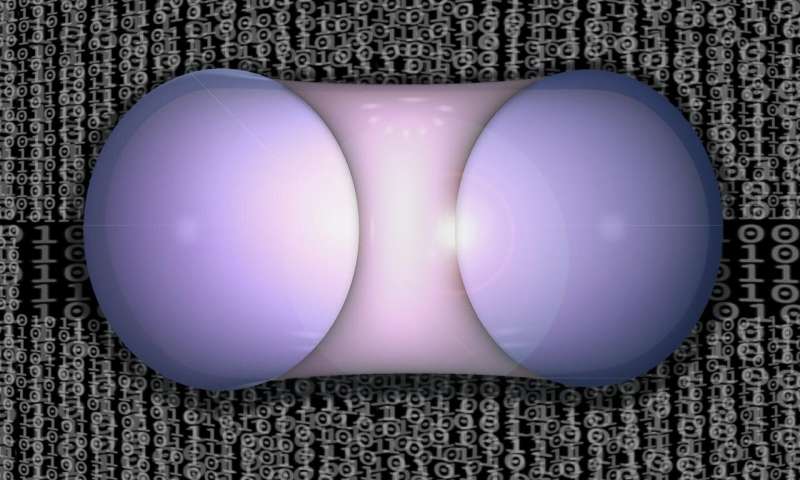HOME
Scientists develop forecasting technique that could help advance quest for fusion energy

Bringing the power of the sun to Earth requires sound theory, good engineering, and a little finesse. The process entails trapping charged, ultra-hot gas known as plasma so its particles can fuse and release enormous amounts of energy. The most widely used facilities for this process are doughnut-shaped tokamaks that hold plasma in place with strong magnets that are precisely shaped and positioned. But errors in the shaping or placement of these magnets can lead to poor confinement and loss of plasma, shutting down fusion reactions.
Now, an international group of researchers led by physicists at the U.S. Department of Energy's (DOE) Princeton Plasma Physics Laboratory (PPPL) has developed a technique that forecasts how tokamaks might respond to these unwanted magnetic errors. These forecasts could help engineers design fusion facilities that efficiently create a virtually inexhaustible supply of safe and clean fusion energy to generate electricity.
Fusion combines light elements in the form of plasma—the hot, charged state of matter composed of free electrons and atomic nuclei—and generates massive amounts of energy in the stars. Scientists aim to reproduce and control this process on Earth.
The team formulated a rule known as a scaling law that helps infer the properties of future tokamaks from present devices. The law is derived largely from three years of experiments on the DIII-D National Fusion Facility that General Atomics operates for the DOE in San Diego. Researchers also drew upon a database of error field effects maintained by ITER's International Tokamak Physics Activity group, which coordinates fusion research around the world.
News Source